
Kelly Rose
Editor

Kelly Rose
Editor
All traditional forms of fire protection and extinguishing rely on a fire starting for them to work, meaning damage and disruption is inevitable. In warehouses conventional fire protection is difficult to install and maintain. Where business continuity and stock protection is paramount a different approach is required – fire prevention. Lee James, OxyReduct sales manager for WAGNER, explains how Oxygen Reduction Systems prevent a fire from occurring in the first place.
These days goods must be available around the clock - normally just in time. Modern high rack storage areas in large centralised logistics operations are often at the heart of the solution. However, having the focus on a single logistics site also increases the risk of a complete system stoppage through the entire supply chain in the event of a fire. In warehouses where goods worth millions are stored, even small fires can cause enormous problems.
Large open spaces such as warehouses and logistics facilities represent one of the most demanding environments for fire protection designers. Requirements in the logistics sector continue to grow and with them the height and capacity of the rack storage areas. Smoke, soot and water from sprinklers or firefighters can have devastating consequences, which is why even small smouldering fires can cause immense damage.
Fires that originate in the stock itself are rare. Most fires in logistics operations are caused by defects in electrical equipment; present in almost all warehouses. This includes switch cabinets and control boxes, electrical motors and, in deep freeze storage areas, refrigerators and defrosters. Welding work used for repairs and maintenance also increases the risk of fire immensely.
Ideal Fire Conditions
High rack storage areas reach heights of over 40 metres. This, together with the small gaps left between the stored goods, provides ideal conditions for a fire to spread. Goods in higher racks can become heated so quickly by the rising fumes that the flames suddenly spread right up to the roof of the warehouse. This process can take only a few minutes if adequate protection is not in place. Even slight exposure to soot or smoke can contaminate the stored goods and render them unusable.
Detecting fires as early as possible is one thing – extinguishing them is another. Installation of sprinkler systems involves the fitting and ongoing maintenance of extensive pipework throughout the facility. This is often very expensive for large warehouses, combined with the potential for water-based extinguishing systems themselves to cause damage and disruption when activated. The ultimate form of fire protection is therefore Fire Prevention to stop the fire from starting in the first place!
Oxygen Reduction Systems
For a fire to occur oxygen, heat and fuel need to be in place; the removal of one or more of these elements will cause the fire to be extinguished.
Removing oxygen to prevent a fire from developing is not new. Gas suppression systems in server rooms and the use of foam on flammable liquid fires both use the principle of smothering the fuel to prevent fire development by removing the oxygen supply. However, for both these systems to operate a fire would have been ignited and will have caused damage before the process of extinguishing begins.
Oxygen Reduction Systems employ innovative technology that continuously reduces the oxygen level in a room by adding nitrogen to the air. The oxygen is reduced to a level in which most combustibles do not inflame and an open fire is impossible.
As well as creating a totally fire-free environment for an area, Oxygen Reduction Systems do not prevent the area being used by people. The effects of lowered oxygen levels on the human body have been highly researched over the years and safety guidelines have been established that allow staff to enter or work in the protected area.
Atmospheric environment
The natural ratio of oxygen to nitrogen remains the same at high altitude levels as it does at sea level; the amount of oxygen is less because of the overall lower air pressure. The amount of breathable oxygen in a fire-free environment is similar to the amount of oxygen we would breathe in an aircraft cabin or up a mountain. But importantly the air pressure remains the same as the ambient level.
Nitrogen is used to inert the area as it is completely non-toxic in any quantity and is easily produced on site. Other benefits of Nitrogen are that it is electrically non-conductive and will not harm any product stored in the area. The Nitrogen being fed into the risk area is in fact fresh air with a 95% Nitrogen content. This prevents the air within the risk area from becoming stale and also prevents a build-up of carbon dioxide.
The Nitrogen is not stored in pressurised bottles, but produced as required by the Oxygen Reduction System to replace natural leakage in the risk area. This allows accurate control of the atmosphere within the risk and saves space. The equipment footprint for Oxygen Reduction Systems is typically much less than comparable extinguishing systems.
Cold storage areas
The operation of conventional fire protection systems can be adversely affected in deep freeze storage areas. Despite a temperature of -26°C, there is a pronounced fire risk in these areas because of the extremely dry air. At the same time, fire detection and fire extinguishing prove problematic. Condensing humidity and the minus temperatures adversely affect the function of conventional smoke detectors, which typically only operate down to around -20°C. Extinguishing fires with firefighting water containing antifreeze contaminates the goods in food warehouses.
Inside high warehouses with such low temperatures heat only rises very slowly in the first phase of a fire because of the low thermal lift. As a result of this, conventional fire extinguishing systems often are not activated before the fire has already taken hold.
Oxygen Reduction technology and appropriate Aspirating Smoke Detection equipment is not affected by these conditions or problems.
Field proven applications
Oxygen Reduction Systems are now field proven in a number of applications ranging from small IT rooms, museums and archives, through to warehouses of 600,000m3 and more. For example, WAGNER’s OxyReduct system has been adopted by over 600 organisations worldwide.
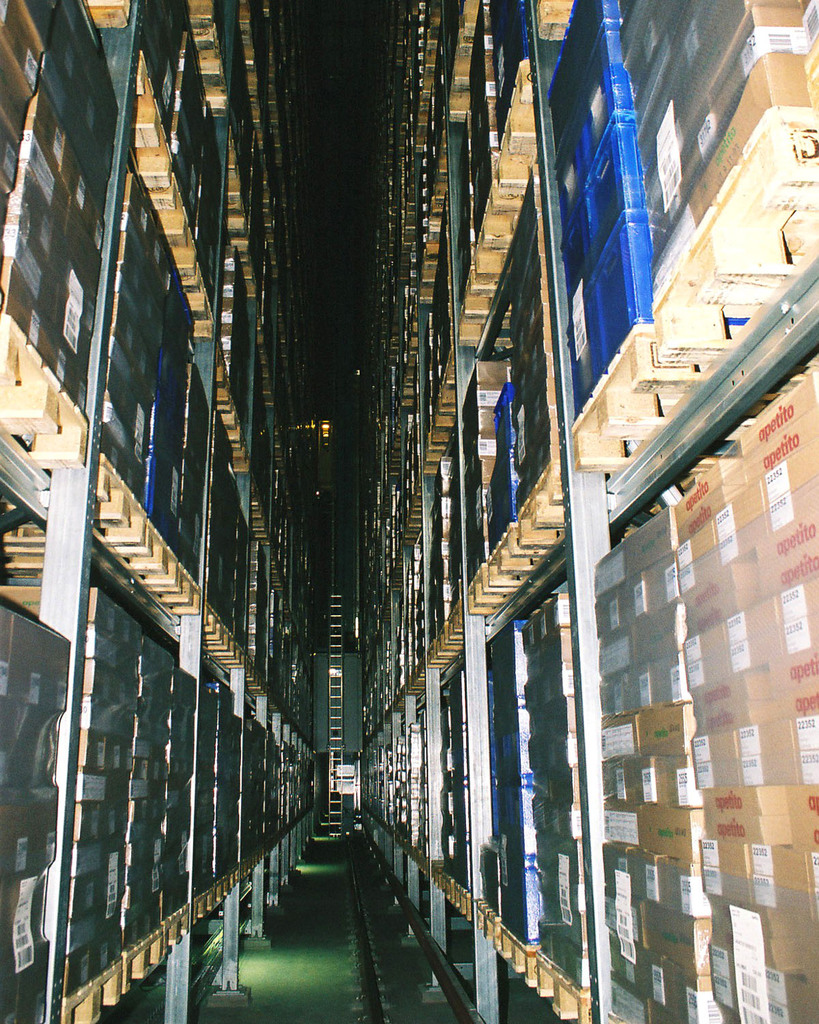
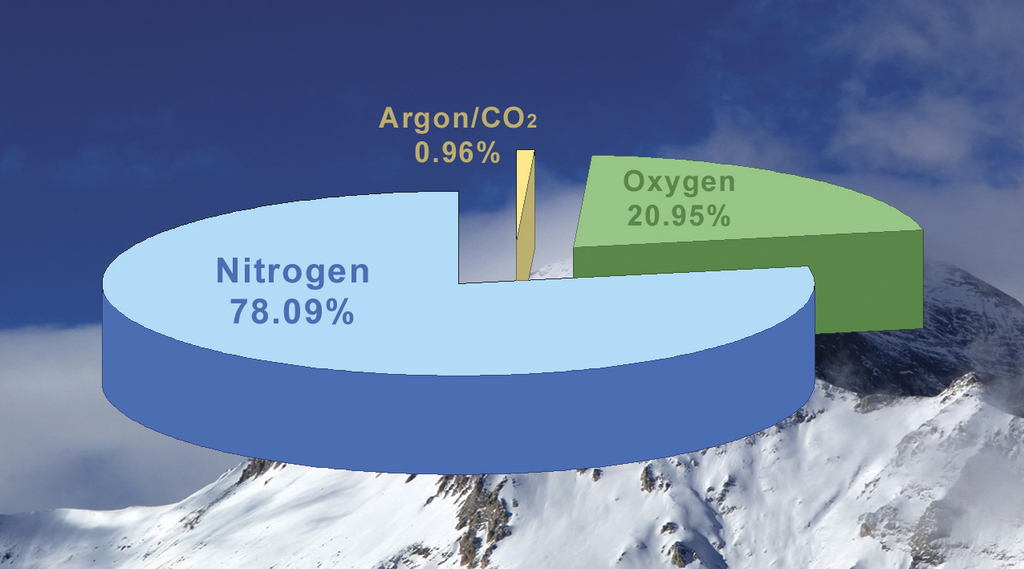
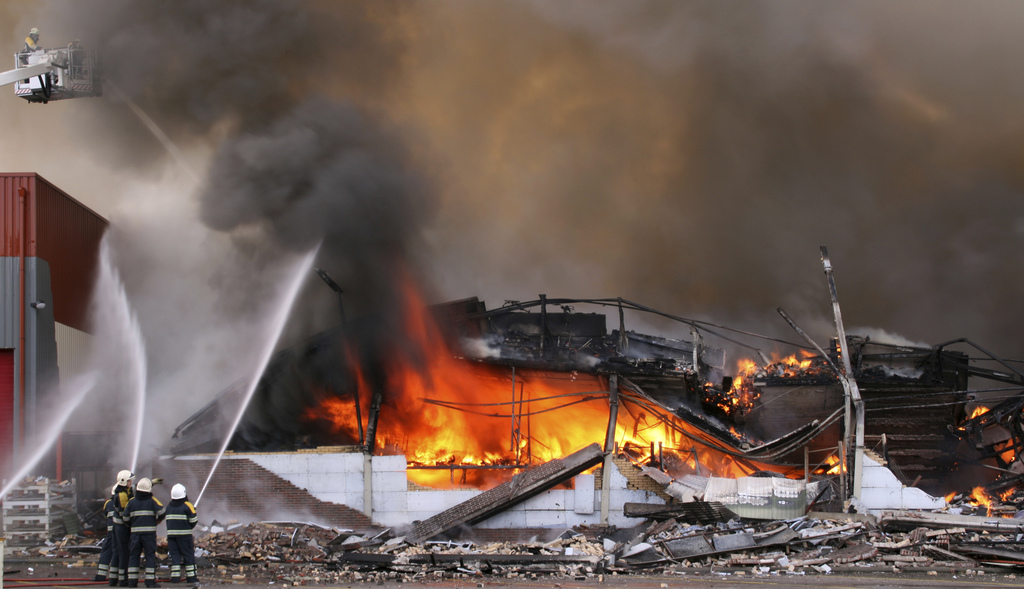

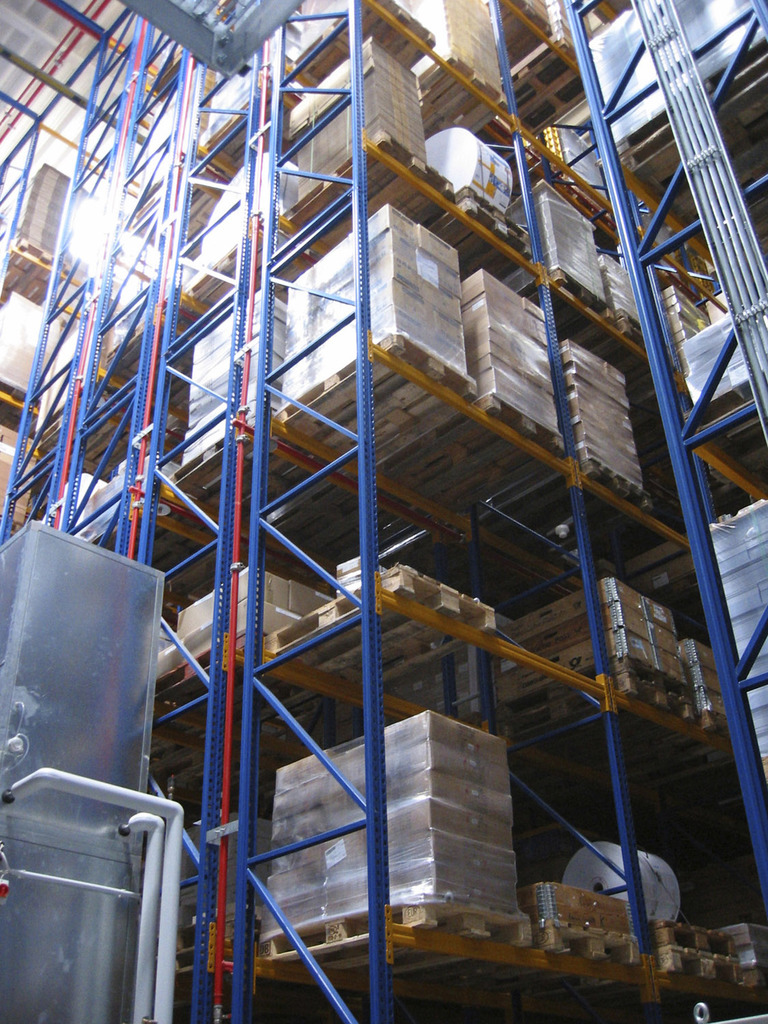
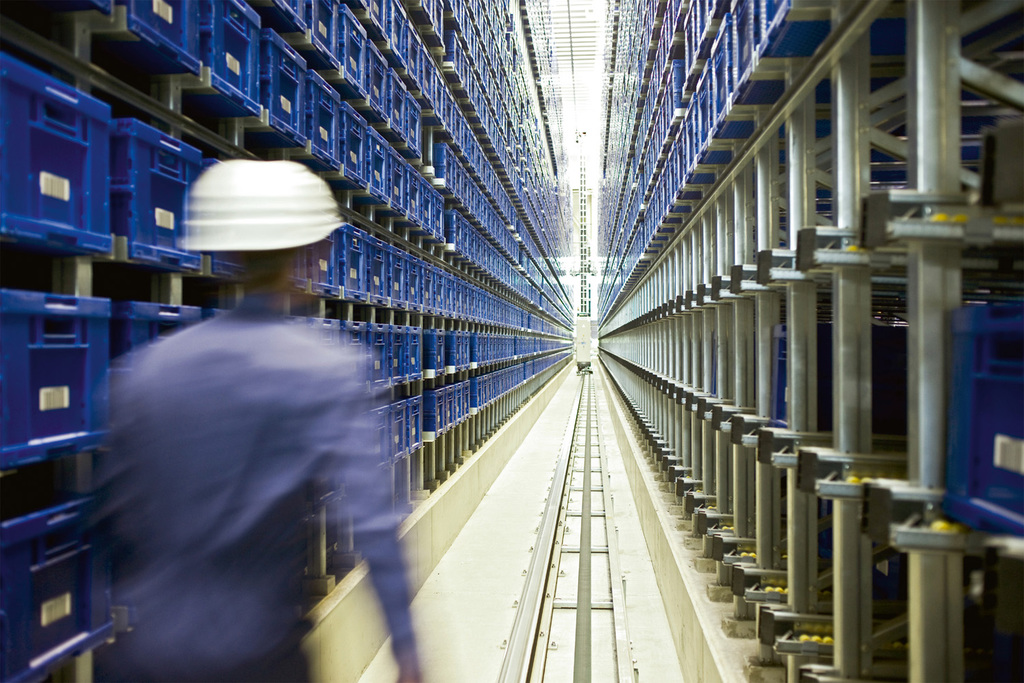
PO Box 17855
Birmingham
B2 2JY
UNITED KINGDOM
0370 333 6116